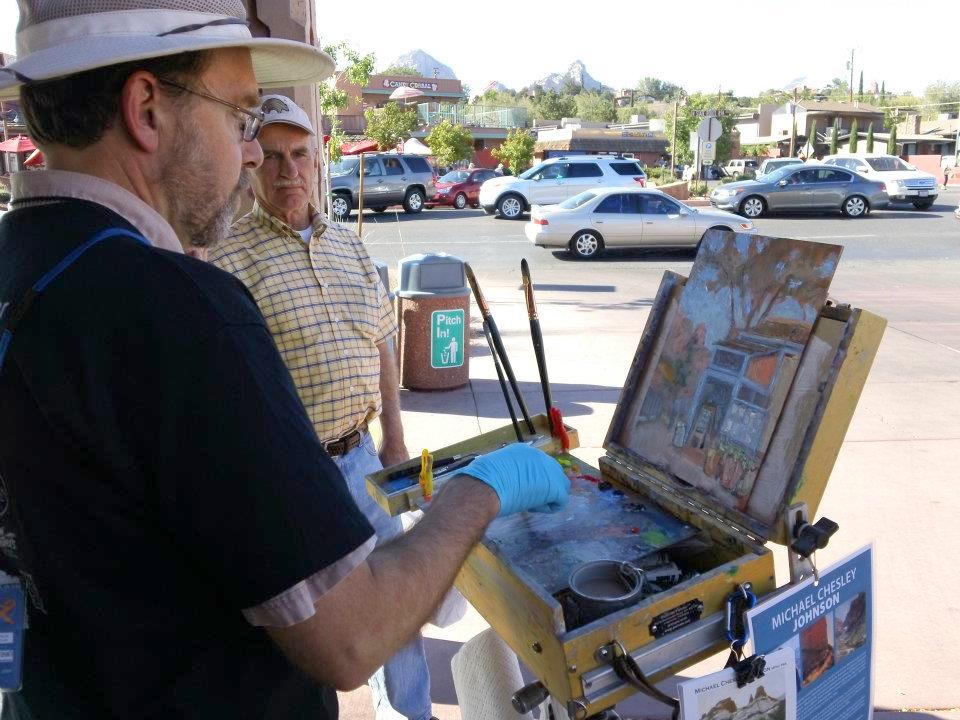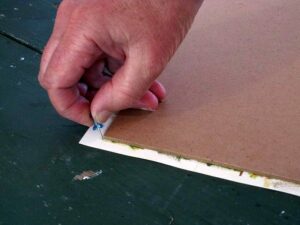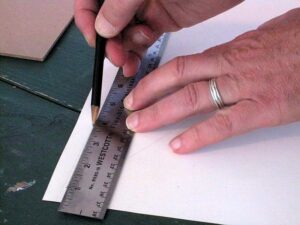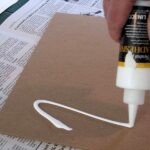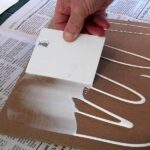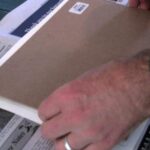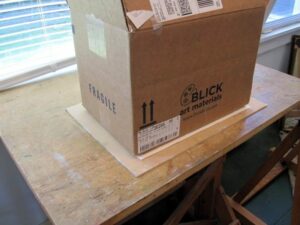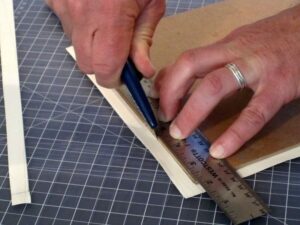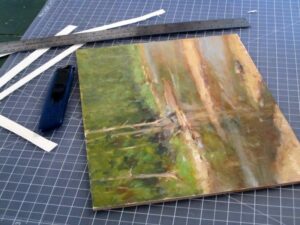 I’ve participated in many plein air painting festivals over the years. Now with the plein air painting season nearly upon us, I have some thoughts on these festivals and how artists should behave. Some of the participants, especially some of the newer ones, might improve their manners. Please don’t think of me as a “Miss Manners,” but manners have their place in the world. Good manners make it a happier and better place for everyone. And for plein air festivals, good manners may also help sales. So, with that in mind, here are notes on etiquette for artists at plein air painting festivals.
I’ve participated in many plein air painting festivals over the years. Now with the plein air painting season nearly upon us, I have some thoughts on these festivals and how artists should behave. Some of the participants, especially some of the newer ones, might improve their manners. Please don’t think of me as a “Miss Manners,” but manners have their place in the world. Good manners make it a happier and better place for everyone. And for plein air festivals, good manners may also help sales. So, with that in mind, here are notes on etiquette for artists at plein air painting festivals.
- Be a team player. Go to all the events on the schedule, especially if the attendance of artists is requested. Sure, we want to spend the whole week painting, but it’s important to show face and to support the organizers and other artists. It may also help sales, since the folks attending the event may get to know you enough to want to buy your paintings.
- Respect your fellow artists. If you think someone else’s paintings could have been made by a third-grader, keep it to yourself. They have probably worked just as hard as you to get into the festival, even if they can’t paint.
- If you stay with hosts, be a good guest. No impromptu parties, no rudeness, no making life difficult for them. If your guests invite you to dinner, go. Yes, we all want to paint a lot, but take the time to know your hosts. It’s just courteous. I’ve made some good friends this way.
- When you go out to paint, if another artist has set up where you’d planned to be, don’t just automatically set up an arm’s length away. Ask the artist if it’s okay to paint there. Or, better yet, just go find a new spot. You should have gotten there earlier.
- If you don’t like the way things are being run, wait until after the event to grouse. Complaining at the opening reception or sales event is especially rude and hurtful in many ways. The organizers will, of course, appreciate a well-thought critique after the event.
- Dress appropriately for the event. Wear your painting rags in the field, but don’t wear them to the opening reception. Ask the organizers what the guests will be wearing at the reception if you don’t know. Dressing like a professional shows that you’re, well, a professional.
- At the reception, don’t grab a plate from the buffet and stand (or worse, sit) in front of someone else’s paintings. Have the courtesy at least to go munch in front of your own paintings. This actually happened to me. An artist pulled up a chair and sat down to eat in front of my display, preventing people from seeing my work and me from talking to them about it. (Yes, the artist did move when I asked.)
- Don’t complain about the lack of sales during the sales event. And if you are selling well, don’t boast. Complaining looks bad and changes the mood of what should be a very positive event. Boasting has a similar effect. Put on your best salesman mask.
- Don’t complain if you didn’t get an award. If you’ve got any experience with painting competitions, you will understand that awards are highly subjective. I’ve seen terrible paintings win awards. I’ve also seen great paintings that deserved awards get nothing. Just keep smiling, and congratulate the winners.
- Finally, be courteous and helpful in every way. Our society has gotten increasingly rude, and it’s so refreshing to find politeness anywhere you go.
Visit Michael Chesley Johnson’s website to learn more about this author.
www.MichaelChesleyJohnson.com


